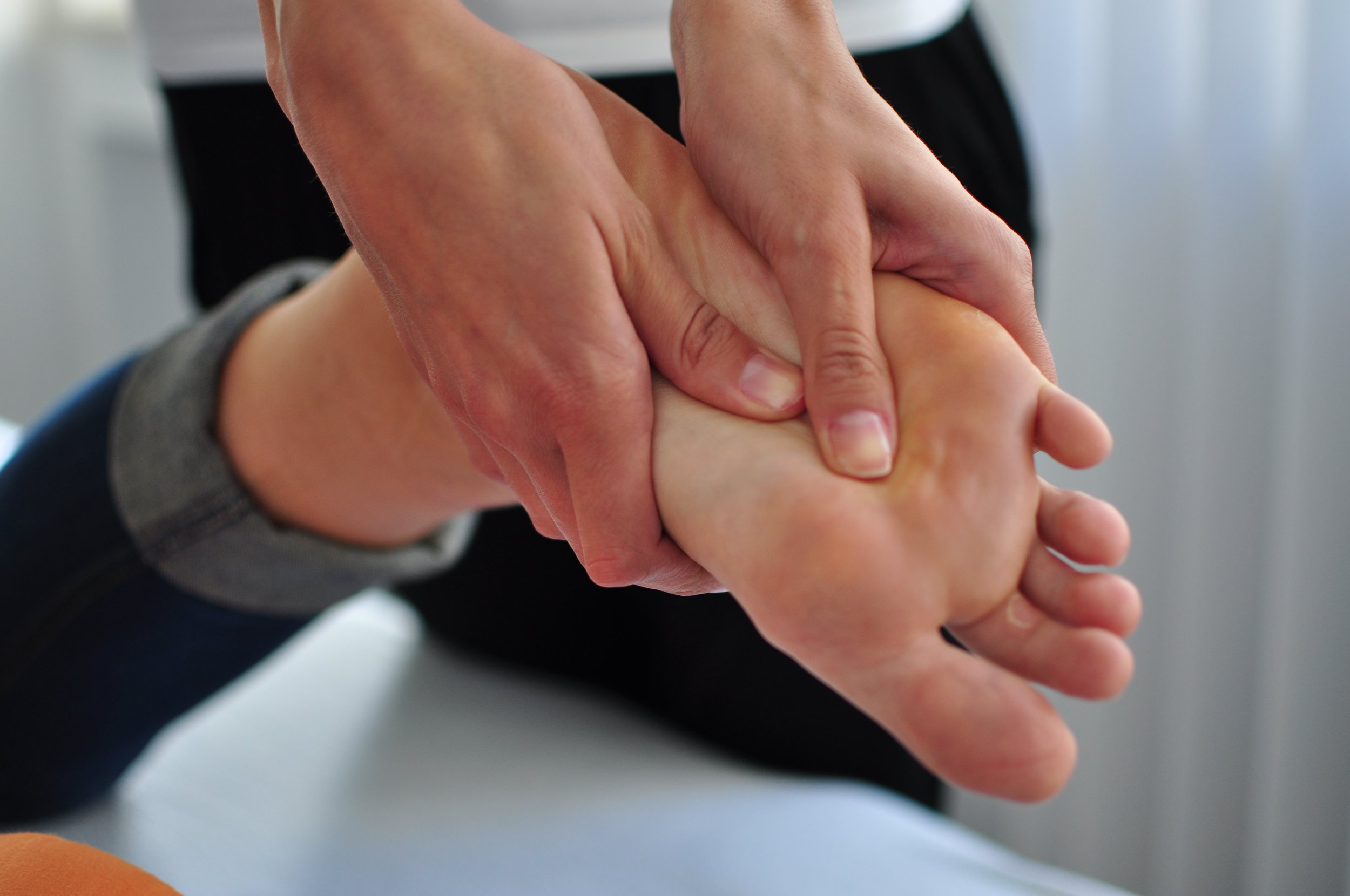Diabetic neuropathy is a type of nerve damage that can occur in people with diabetes. It typically affects the peripheral nerves, which are the nerves outside the brain and spinal cord. Diabetic neuropathy can lead to various symptoms such as numbness, tingling, pain, and weakness in the extremities, particularly in the feet and hands.
Physical therapy can play a significant role in the management and rehabilitation of individuals with diabetic neuropathy. The goals of physical therapy for diabetic neuropathy include:
Pain Management: Physical therapists can employ various techniques to help manage neuropathic pain. These may include manual therapy, massage, heat or cold therapy, and techniques like transcutaneous electrical nerve stimulation (TENS) to reduce pain sensations.
Improving Sensation: Physical therapists can guide patients through sensory re-education exercises to help improve their awareness of their feet and hands. This can be crucial in preventing injuries due to lack of sensation.
Enhancing Mobility and Balance: Diabetic neuropathy can affect balance and coordination, leading to an increased risk of falls. Physical therapists can design exercises and activities that challenge balance and improve coordination, thereby reducing the risk of falls.
Strengthening and Conditioning: Depending on the severity of neuropathy, physical therapists can create tailored exercise programs to improve muscle strength and overall conditioning. These exercises need to be carefully monitored to prevent overexertion or injury.
Foot Care Education: Individuals with diabetic neuropathy often have reduced sensation in their feet, making them susceptible to wounds and ulcers. Physical therapists can educate patients on proper foot care, including checking for injuries and wearing appropriate footwear.
Gait Training: Abnormal gait patterns can develop due to muscle weakness, loss of sensation, and balance issues associated with diabetic neuropathy. Physical therapists can work on correcting gait abnormalities through exercises and techniques to improve walking mechanics.
Patient Education: Physical therapists can educate patients about their condition, the importance of maintaining good blood sugar control, and how specific exercises and lifestyle changes can help manage diabetic neuropathy.
It's important to note that each individual's case of diabetic neuropathy can vary in terms of severity and specific symptoms. Therefore, a personalized approach to physical therapy is essential. Before starting any physical therapy program, it's recommended to consult with a medical professional, preferably a physician or specialist who is familiar with your condition, to ensure that the chosen exercises and interventions are safe and appropriate for your situation.
What type of exercises can I do at at home for self care?
If you have diabetic neuropathy, it's important to approach self-help exercises with caution and under the guidance of a healthcare professional, preferably a physical therapist or your primary care physician. The severity and specific symptoms of neuropathy can vary greatly, so exercises that might be appropriate for one person may not be suitable for another. That said, here are some general self-help exercises that you could consider under professional guidance:
Stretching Exercises: Gentle stretching can help improve flexibility and maintain range of motion in your joints. Focus on major muscle groups, but avoid overstretching, as reduced sensation might make it harder to gauge your limits. Perform stretches while seated or lying down to prevent loss of balance.
Range of Motion Exercises: These involve moving your joints through their full range of motion. This can help maintain joint health and prevent stiffness. An example is ankle circles or wrist rotations.
Balance Exercises: Simple balance exercises can help improve your stability and reduce the risk of falls. Try standing on one leg (use a chair or wall for support if needed) or practicing tandem walking (heel-to-toe walking) while holding onto a stable surface.
Strengthening Exercises: Under professional guidance, you can do low-resistance strength training exercises. Focus on major muscle groups, such as the legs, arms, and core. Start with light weights or resistance bands and gradually increase as advised.
Coordination Exercises: Exercises that challenge your coordination and proprioception (awareness of your body in space) can be beneficial. For example, standing on one leg while simultaneously tapping the opposite foot with your hand.
Foot and Ankle Exercises: Gentle movements of the feet and ankles can help improve blood circulation and maintain joint flexibility. Rolling a tennis ball or golf ball under your foot can provide a gentle massage.
Breathing and Relaxation Exercises: Stress management techniques like deep breathing and relaxation exercises can be helpful in managing pain and promoting overall well-being.
Remember, safety is paramount. Always consult your healthcare provider before starting any exercise routine, especially if you have diabetic neuropathy. They can guide you on what exercises are suitable for your specific condition, and they can help you make adjustments based on your progress and comfort level. If you experience any pain, discomfort, or unusual sensations during exercise, stop immediately and consult your healthcare provider.
In addition to exercises, managing diabetic neuropathy involves maintaining good blood sugar control, proper foot care, and overall healthy lifestyle choices. Your healthcare team can provide comprehensive guidance to help you effectively manage your condition.

